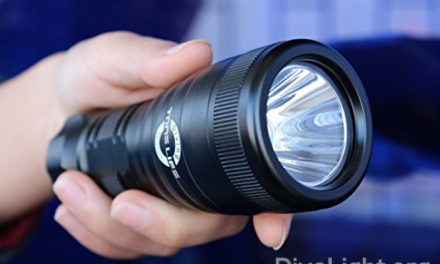Diving snap light sticks come in various shapes, sizes, and types. What are they? They are tubes using either LED technology or chemiluminescence substances to give hours of illumination with a number of military, industrial and safety diving applications. Some use chemicals to illuminate while others use rechargeable batteries. The former may be disposable after first use but the latter can be re-used.
Snap light sticks are usually non-flammable, non-toxic and waterproof. To activate them, you can bend, snap and then shake the tube. When diving, you attach or hang a snap light stick using its gate top and a hook. The durability of the snap lights depends on the type and manufacturer. For example, most disposable ones have a shelf life of about 5 years but can only illuminate for a couple of hours. Nowadays, most of the components of the disposable snap light stick can be recycled. And the chemical substances that they use are non-flammable and non-toxic.
In terms of effectiveness, the light sticks produce a steady light that is visible from afar. The light allows others to pinpoint where you are and also identify you depending on the color being produced by the light stick. Temperatures may affect the amount of light produced and the duration of the illumination. In cold temperatures, its effectiveness is reduced. Any decrease or increase in temperature by 10 degrees may halve or double the reaction rate of the chemicals, which in turn affects the duration and brightness of the light.
When storing the light sticks, ensure that the temperature is not elevated (e.g. above 49 degrees C) as that could impact the shelf life of the tubes as well as increase the possibility of a leak. On the other hand, storing them in cold temperatures will have no effect on them provided they are heated to at least 4.5 degrees C before activation.
Lastly, light sticks are safe to use and not affected by atmospheric and humidity conditions. Also, their non-sparkling and non-flammable features make them valuable in hazardous situations where flame or sparks could cause a blast.




